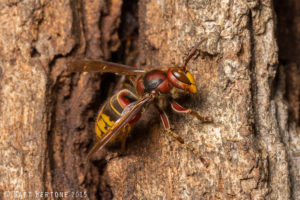
An Update on Asian Giant Hornets
Last year, there was a lot of media buzz (no pun intended) surrounding the introduction of Asian giant hornets …



We're closed Fri 7/4 and back on Mon 7/7. We look forward to hearing your Carteret County concerns. Have a happy & safe 4th!
El inglés es el idioma de control de esta página. En la medida en que haya algún conflicto entre la traducción al inglés y la traducción, el inglés prevalece.
Al hacer clic en el enlace de traducción se activa un servicio de traducción gratuito para convertir la página al español. Al igual que con cualquier traducción por Internet, la conversión no es sensible al contexto y puede que no traduzca el texto en su significado original. NC State Extension no garantiza la exactitud del texto traducido. Por favor, tenga en cuenta que algunas aplicaciones y/o servicios pueden no funcionar como se espera cuando se traducen.
Inglês é o idioma de controle desta página. Na medida que haja algum conflito entre o texto original em Inglês e a tradução, o Inglês prevalece.
Ao clicar no link de tradução, um serviço gratuito de tradução será ativado para converter a página para o Português. Como em qualquer tradução pela internet, a conversão não é sensivel ao contexto e pode não ocorrer a tradução para o significado orginal. O serviço de Extensão da Carolina do Norte (NC State Extension) não garante a exatidão do texto traduzido. Por favor, observe que algumas funções ou serviços podem não funcionar como esperado após a tradução.
English is the controlling language of this page. To the extent there is any conflict between the English text and the translation, English controls.
Clicking on the translation link activates a free translation service to convert the page to Spanish. As with any Internet translation, the conversion is not context-sensitive and may not translate the text to its original meaning. NC State Extension does not guarantee the accuracy of the translated text. Please note that some applications and/or services may not function as expected when translated.
Collapse ▲
Last year, there was a lot of media buzz (no pun intended) surrounding the introduction of Asian giant hornets …
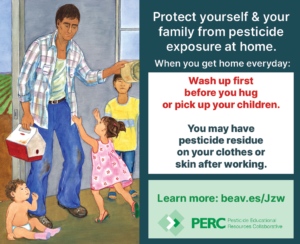
How can you encourage farmworkers and their families to use practices that minimize the risk of pesticide exposure? The …
Supplies of Surflan are limited. I cannot independently confirm the following but this is what I was told by …
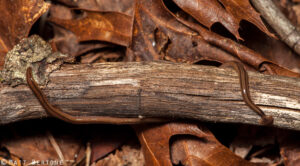
PLEASE NOTE: NC State University and local agencies (e.g. NCDA&CS) are not currently tracking species that are already known to exist …
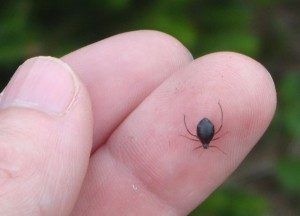
This is an updated version of an older post from 2017. Apparently COVID isn’t stopping some insects from traveling and …
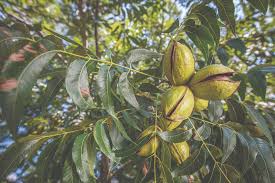
A common question over the past few weeks involves premature drop of pecans. Typically, mature pecans fall from trees …
Soybean rust was found and confirmed on soybeans in Hyde County, NC. Soybean rust has the potential to cause …
The 72nd Annual Crop Protection School will be held Wednesday, December 2, 2020, online via Zoom. RSVP is required, …

Although stink bugs were light across the state (with a few exceptions) in corn and cotton, it looks like …

In the midst of the COVID-19 pandemic, it is reasonable to try and make fewer trips to the supermarket …

Before procuring your cover crop seed for planting this fall, please watch the video below on the potential weed …

As if COVID-19 and Hurricane Isaias are not enough to keep all of us occupied, Asian giant hornets (aka, …
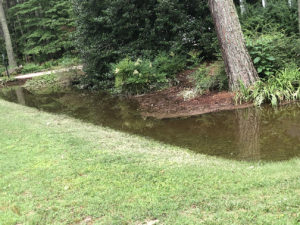
With odds increasing that Tropical Storm Isaias will hit some part of coastal North Carolina, we can expect some flooding …
Sivanto Prime for control of sugarcane aphid on sweet sorghum has been approved for use in North Carolina during …

This factsheet summarizes the characteristics of bees and addresses how to control them as an …

This publication discusses Anthracnose Fruit Rot (Colletotrichum sp.) of blueberries in detail. Included are the …

This factsheet describes the symptoms of a shoot inhibitor herbicide injury.

This factsheet describes the symptoms of a metribuzin herbicide injury.

This factsheet describes the symptoms of a dichlobenil herbicide injury.

This factsheet describes the symptoms of a protoporphyrinogen oxidase inhibitor herbicide injury.
This factsheet summarizes the symptoms and management of stubby-root nematodes in soybean in North Carolina.
Lance nematode is not a common problem of soybeans, but can cause local damages in …